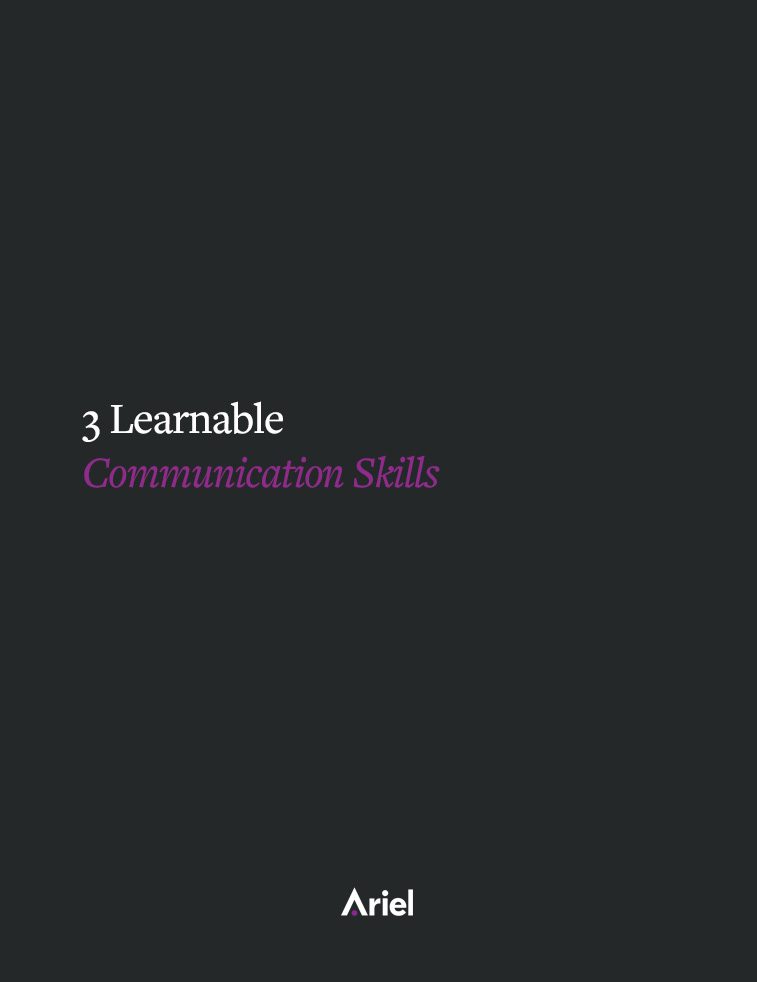Using Metaphors to Describe Technology

A great metaphor can prompt a quantum jump of understanding.
You might say I got lucky. In 2003, with virtually no industry experience under my belt, I was hired as a technical writer for the marketing department of a publicly traded software company. My new boss was an old friend who trusted my natural smarts and grad school writing skills.
Let’s just say I was catastrophically underprepared. Having only recently mastered the art of sending of email attachments, I faced my first prodigious technological assignment: translating our network architecture into internal documentation the marketing team could understand.
The divide between marketing and development at this company was hard to miss. The engineers occupied the west side of the office, marketing the east. Developers dressed casually in jeans and t-shirts and worked quietly with headphones on; the marketers wore skirts and suits and carried on lively conversations throughout the day. The divide was also gendered: men developed the software programs, women marketed them.
The seemingly superficial nature of these differences underscored a very real cultural divide. The developers and marketers struggled to communicate with each other. They didn’t understand each other’s lingo. And I suspected they genuinely disliked each other.
Over the course of my first few meetings with the engineers, it became clear that I too, had no idea what they were talking about. It also became clear that we shared a love for Star Wars. That’s when something interesting happened: by naming each of the servers after a Star Wars character, the developers used my knowledge of the relationships between the characters to help me map the relationships between the servers. I came to understand the role of each server, in part because I understood Yoda’s role in the Star Wars saga.
Metaphors and analogies continued to bridge the gap between the developers’ world and mine. They linked “techie” things like our transaction management system to things I could understand, like my Amazon shopping cart.
In my work as an Ariel facilitator, I’ve likewise seen participants use metaphors to illustrate “techie” concepts to non-technical audiences. One participant described having to explain to his non-technical manager how the front-line employees were failing to use a system the way it was designed, which was affecting their reporting. “You do karaoke, right?” he asked his manager. “Well, imagine you’ve programmed the karaoke machine to play a particular song, but when the song comes on, the lyrics are in Japanese. Your performance would suffer, right?” His boss got it.
A great metaphor can prompt a quantum jump of understanding. The key is to use metaphors that are rooted in the knowledge and culture of your audience. My participant made the effort to learn that his boss did karaoke, and that made all the difference. Using well-suited metaphors not only helps you explain tricky concepts but also helps you build a personal connection with the people you are interacting with.
Over time, I felt less intimated by the developers and even began eating lunch with them.
Through metaphor, they took me from barely being able to send an attachment to typing Unix commands. Plus, I got invited to tag along with them to see Revenge of the Sith.
